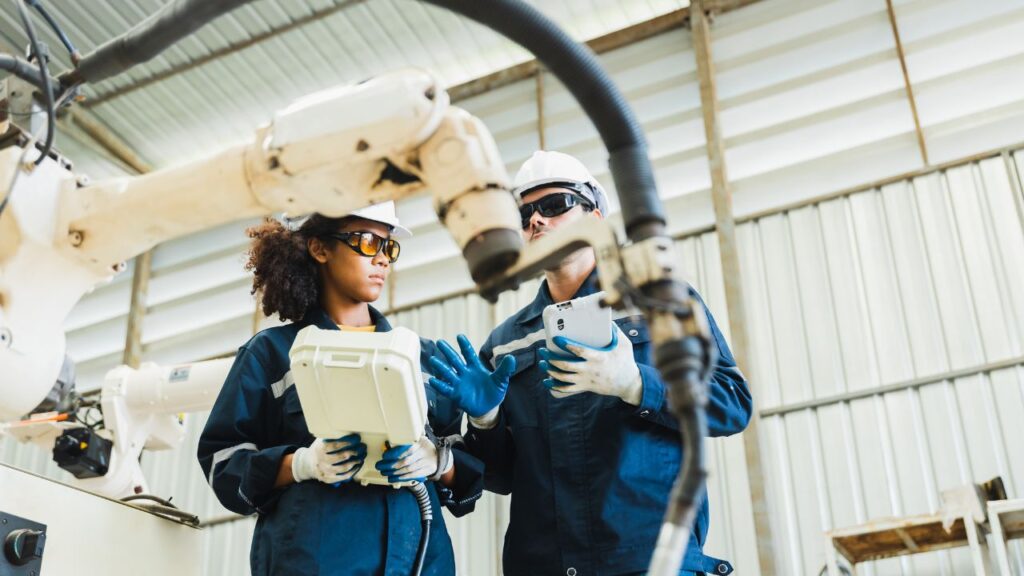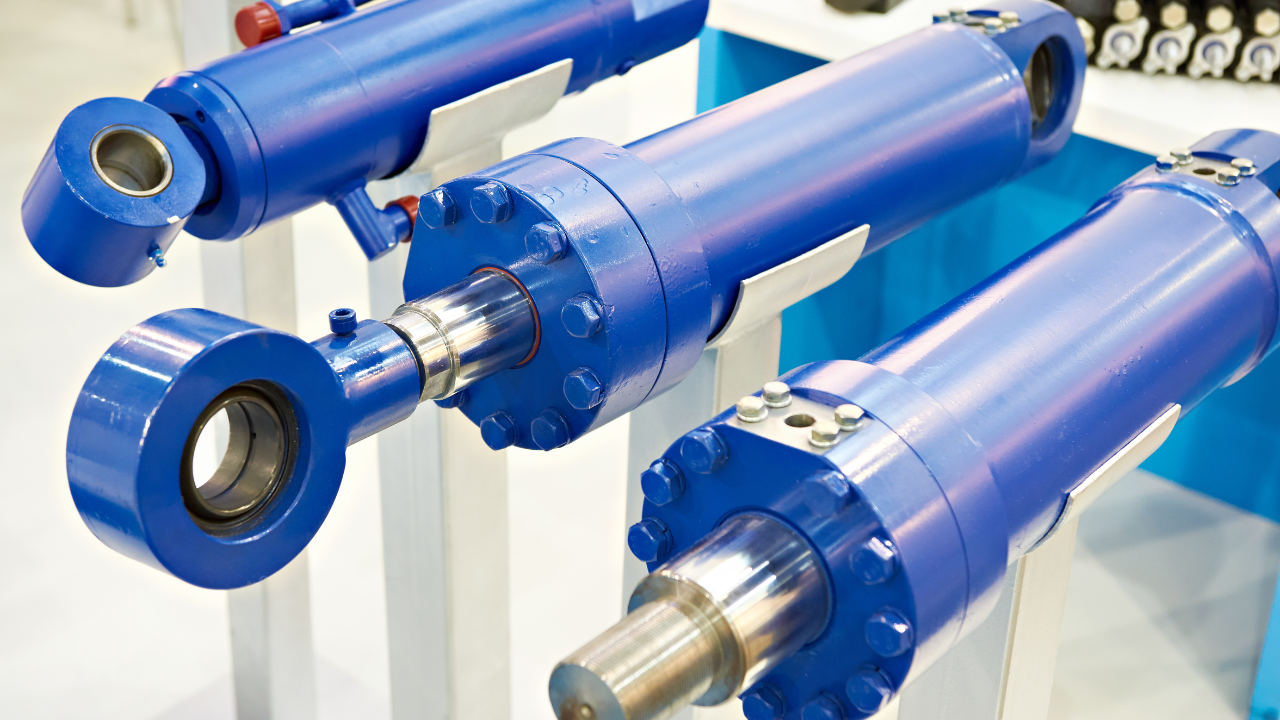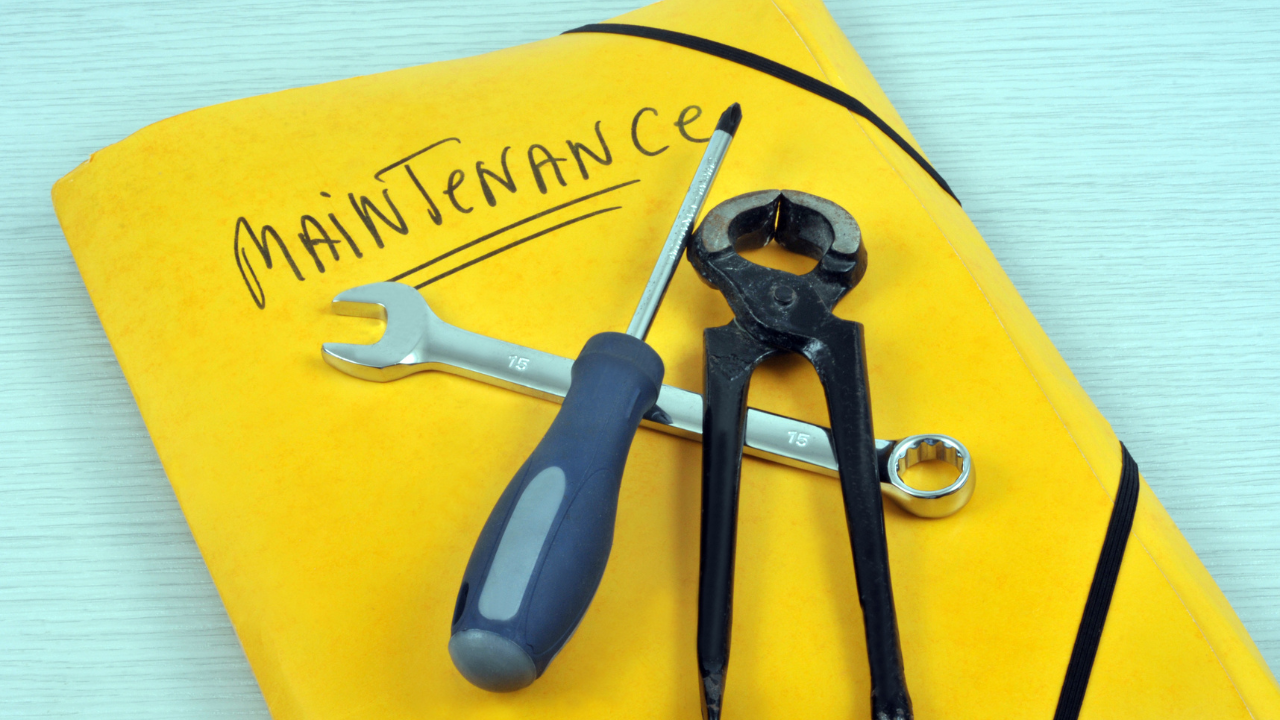What is the Value of Failure Prediction – Early Warnings?
John Q. Todd, Sr. Business Consultant/Product Researcher, Total Resource Management, Inc.
Posted 3/28/2024
What is the Value of Failure Prediction – Early Warnings? We like to be warned about things well ahead of time: when to buy or sell a stock; when we can expect 3 to 6 inches of snow; when a car is encroaching in our lane; when we should update our resume; when our wedding anniversary is; when our last and final chance for a 20% discount is about to expire. Yes, having something to remind us to pay attention to the important things in life is certainly desired. (All I want for Christmas is my Two Front Teeth!)
The same could be said about the equipment and systems that drive your processes every day. These critical and expensive assets are expected to produce the valuable products your company is known for with little or no interruption. We might have a reasonably clear picture of how things look today, but what about 30 days from now? Wouldn’t it be beneficial to have a picture of what our systems might look like that far into the future… and have confidence in that view?

Prediction and Detection Require Data and Tools
Let’s use the car encroaching in your lane scenario. Yes, you as a human could possibly see the adverse event unfolding and take action to prevent it. No question that given the right amount of information, time to process a reaction, and then acting, you could avoid a collision.
But what if conditions are not ideal? Weather, dirty side mirrors, traffic, kids fighting in the back seat, mobile phone ringing, etc. can all have a negative impact on your ability to detect and then do something about the growing problem.
In addition to your superior driving skills, the modern car is stuffed with sensors and software that are always monitoring the environment that is scheming to ruin your day. You have an “agent,” looking out for trends and anomalies that could point to problems. You are then presented with an alert, based upon an analysis of the data for you to then decide what to do. (Low fuel, low tire pressure, coolant temperature, oil change alerts, etc. are only a few of the data points and indications our modern cars provide us.)
Again, the same could be applied to your equipment. If conditions are not ideal, you could be missing indications that a failure is brewing. Less than ideal conditions could extend beyond things like temperature and humidity. Maybe you are missing half your crew due to sickness, or they are at another site for a week. Given reasonable sources of data… telemetry from your equipment and process elements… and tools to analyze and alert to issues, you can be far more aware of what is going on around you and what the future might look like.
Predict with Confidence
A prediction with low confidence is not all that helpful. “There is a 20% chance of rain today,” might not prompt you to drive vs. riding the bicycle to work. What if it is 50%? 80%? 95%? What level of certainty will cause you to act or change plans? It is important to know, not only the scope of the prediction, but also the confidence behind it as well. We think that a “50/50 chance,” of something happening is not all that high, but 50% confidence is quite high. Maybe it will happen, maybe it will not. It’s when you cross into the 60-70% levels where “near certainty,” can appear in the conversation.
Generally, for an analysis tool to provide high confidence results, it needs to be fed significant and well understood data. Data is neither perfect nor complete, but it can come close enough. If a data set has shown trends that have resulted in a failure in the past, then those same trends can be used to train a model for what to look for in the future.

What is the Value of Failure Prediction – Early Warning?
- Prediction systems are an enhanced form of equipment/system monitoring that can play a role in increased reliability and efficiency… leading to operational and maintenance savings.
- Alarms that require immediate action can continue to be addressed by the operational systems, but alerts to failures and anomalies can be processed in more judicial or thoughtful ways, leading to more informed planning decisions.
- Wear and tear can be visualized via real data, and mitigations or resolutions can be more readily planned for. Not only can system degradation be exposed, but the specific piece of equipment dragging the system down can be pinpointed.
- Analysis systems such as these have a range of approaches from simple criteria-based condition monitoring to machine learning models. This range of strategies enable the degree of prediction to match the capabilities of the equipment/system to provide needed data.
- Data can certainly come from sensors on the equipment itself, but also up- and down-stream. These data streams and the subsequent analysis give an opportunity to view the system, not just discrete equipment performance.
- Prediction systems can also make use of record-keeping data, for example the data captured in CMMS/EAM systems, to provide further input to the learning models. Not all data used by the prediction system must come from sensors.
- Given a high-confidence failure prediction, those who plan maintenance and operations activities are now given more lead time to make better decisions to support the mitigation of the failure. Increased lead time can result in great reductions in rush job costs by internal staff and contractors, as well as shipping costs from spare parts suppliers.
Wrap-up
Making use of your time-series data captured from the past, and potentially in real-time, can have significant value to your operation if it is used effectively to predict failures… to warn you with a solid lead time to make decisions with. All this data you have been keeping in storage can now be considered a valuable resource your company produces! In this data are secrets and insights that, when analyzed by modern prediction tools and techniques, can give you a view into the future of your equipment. The potential savings per event, and overtime can be significant.
TRM and IDCON have been working with clients for many years to make the most of their captured data. Let us look at what you have and let’s see what modern tools and techniques we might be able to bring to bear. Early warning of failures and anomaly detection may be just a few of the valuable points we discover together. Originally published by Total Resource Management.

John Q. Todd
John Q. Todd has nearly 30 years of business and technical experience in the Project Management, Process development/improvement, Quality/ISO/CMMI Management, Technical Training, Reliability Engineering, Maintenance, Application development, Risk Management, & Enterprise Asset Management fields. His experience includes work as a Reliability Engineer & RCM implementer for NASA/JPL Deep Space Network, as well as numerous customer projects and consulting activities as a reliability and spares analysis expert. He is a Sr. Business Consultant and Product Researcher with Total Resource Management, an an IBM Gold Business Partner – focused on the market-leading EAM solution, Maximo, specializes in improving asset and operational performance by delivering strategic consulting services with world class functional and technical expertise.
Related Articles

Proactive Maintenance for Hydraulic Cylinders





